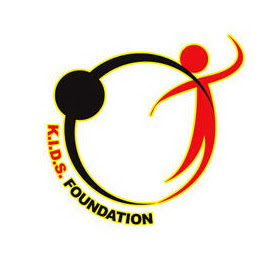UC Nursing CESDEV, in the conduct of its Medical-Surgical-Dental-Optical Mission in Barangay Kalunasan tapped the Kapwa Ko, Mahal Ko Foundation, Inc. for the various services that they offered that will surely benefit the residents of our adopted barangay.
Kapwa Ko, Mahal Ko Foundation, Inc. is a non-governmental, non-profit organization working for the well-being of indigent people in our country, especially children afflicted with cancer. Through education and health care, Kapwa ko, Mahal Ko helps in raising the quality of life and instill in the minds of the destitute the nobility of human life.
Core Values
These core values are the quintessence and guiding principles that determine Kapwa Ko, Mahal Ko’s actions. The core values are our aim, a challenge that we seek to live and work to:
We are committed to the poor.
We value people.
We respond to the needs of the indigent patients.
We are committed to provide medications to child cancer patients.
We are committed to the poor.We are called to serve the neediest people of the earth; to relieve their suffering and to promote the transformation of their well-being. We seek to understand the situation of the poor and work alongside them.
We seek to facilitate an engagement between the poor and the affluent that opens both to transformation. We respect the poor as active participants, not passive recipients, in this relationship. They are people from whom others may learn and receive, as well as give. The need for transformation is common to all. Together we share a quest for compassion, peace and reconciliation, and healing a broken world characterized by poverty.
We value peopleWe regard all people as created and loved by God. We give priority to people before money, structure, systems, and other institutional machinery.
We act in ways that respect dignity, uniqueness, and intrinsic worth of every person - the poor and the sick. We practice a participative, open, enabling style in working relationships. We encourage the professional, personal, and spiritual development of our staff.
We Respond to the Needs of the Indigent PatientsThe resources at our disposal are not our own. They are a trust from God through benefactors and donors on behalf of the poor and the sick. We speak and act honestly.We are open and factual in our dealings with sponsors, project communities, and the public at large.
We are committed to providing medications to Child cancer PatientsWe are responsive to life-threatening emergencies where our involvement is needed and appropriate. We are committed to provide medications, through our limited resources, until the patient becomes stable. Then we will provide them and their families livelihood programs so that they can continue to live with dignity.
We do this from a foundation of experience and sensitivity to what the situation requires. We also recognize that even in the midst of crisis the destitute has a contribution to make.
We are responsive in a different sense where deep-seated and often complex economic and social deprivation calls for sustainable, long-term development.
For more information about Kapwa Ko, Mahal Ko Foundation, INc., please watch the YouTube video posted below.
























































